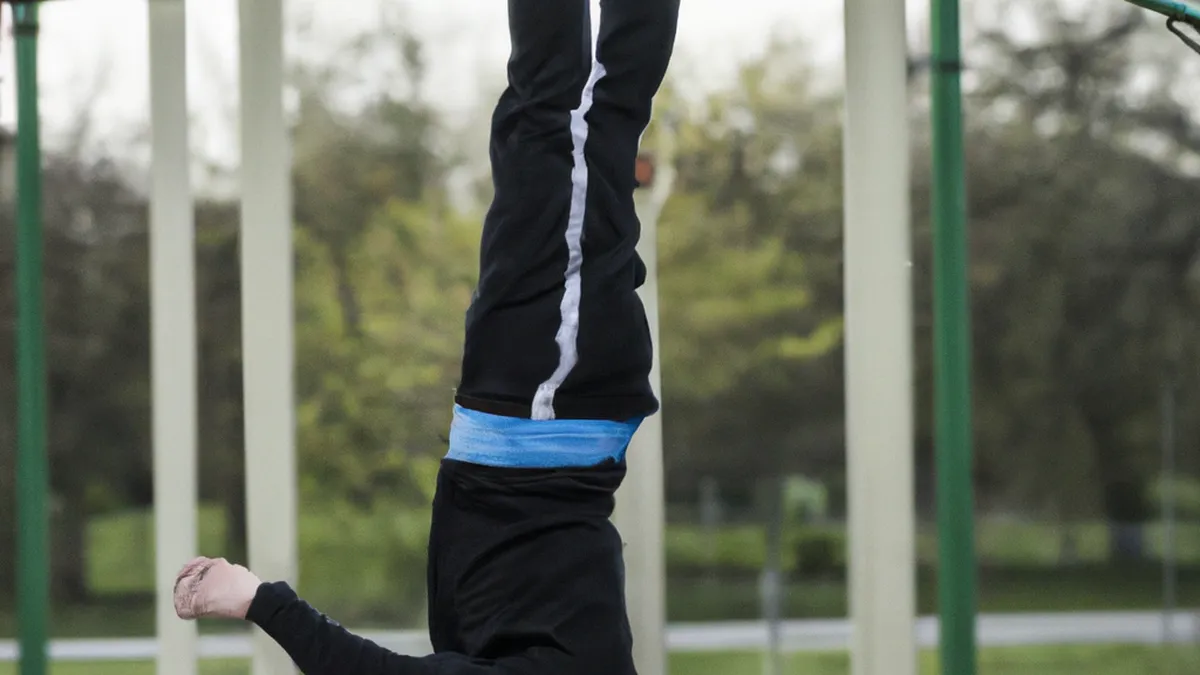Sled Training: Your Weekly Schedule
Balancing Sled Training with LifestyleSled training provides a full-body workout. It builds strength, endurance, and cardiovascular fitness. Pushing or pulling a weighted sled engages your legs, core, and arms. This exercise significantly improves overall athletic performance. However, balancing this training with daily life can prove challenging. This blog post explores ways to integrate sled training into your routine without sacrificing lifestyle.
Understanding Sled Training
Athletes and fitness enthusiasts now favor sled training for its efficiency and effectiveness. Pushing and pulling mimic functional movements in sports and daily life. These exercises build explosive strength essential for quick bursts of speed or power. Sled training remains low-impact, making it suitable for all fitness levels, including those recovering from injuries.
Assess Your Current Lifestyle
Before starting sled training, assess your current commitments. Consider your work, family, and social obligations. Identify how much time you can commit to training. This self-assessment helps you create a balanced schedule. Prioritize training without feeling overwhelmed by other responsibilities.
Set Realistic Goals
Set realistic training goals to stay motivated and focused. Determine what you want to achieve with sled training. Do you want to increase speed, build strength, or enhance endurance? Clear objectives will guide your sessions and keep you accountable. Break down goals into manageable milestones. For example, if you want to improve sled pull distance, set smaller targets leading to your ultimate goal. This approach maintains motivation and allows you to celebrate small victories.
Tips for Balancing Sled Training with Lifestyle
As an Amazon Associate I earn from qualifying purchases.
Gear tip: consider resistance bands set, foam roller, and hip thrust pad to support this topic.
Balancing sled training with daily routines requires organization and planning. Here are practical tips to find harmony between training and lifestyle:
Create a Training Schedule
Start by creating a structured training schedule. Aim for 2-3 sled training sessions weekly, based on your fitness level and goals. Choose specific days and times that work best for you. For instance, train on Monday, Wednesday, and Friday. Consistency is key, so stick to your planned schedule. Use a calendar app or planner to stay organized, and set reminders for training sessions.
Incorporate Short Workouts
If time is tight, incorporate shorter workouts for significant results. Aim for 20-30 minute sessions focused on high-intensity intervals. These quick workouts easily fit into busy days while providing the benefits of sled training. Consider a quick 20-minute session during your lunch break or early morning before work. Maintain intensity during these shorter workouts.
Conclusion
Balancing sled training with your lifestyle requires planning and commitment. Follow these tips to achieve your fitness goals while maintaining daily responsibilities.
Below are related products based on this post:
FAQ
What is sled training?
Sled training is a full-body workout that involves pushing or pulling a weighted sled. It builds strength, endurance, and cardiovascular fitness while mimicking functional movements used in sports and daily life. This type of training is low-impact, making it accessible for individuals of all fitness levels, including those recovering from injuries.
How can I balance sled training with my daily life?
To balance sled training with daily life, it’s essential to assess your current commitments and create a structured training schedule. Aim for 2-3 sessions weekly, selecting specific days and times that fit your routine. Incorporating shorter, high-intensity workouts can also help maximize results while fitting into a busy schedule.
What are some tips for setting goals in sled training?
When setting goals for sled training, start by determining what you want to achieve, such as increasing speed or building strength. Break down larger goals into manageable milestones to maintain motivation. This approach allows you to celebrate small victories along the way, keeping you accountable and focused on your training journey.















Post Comment